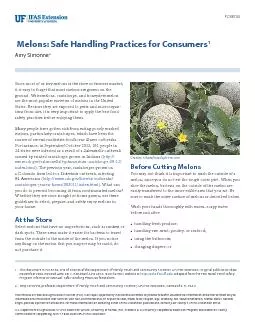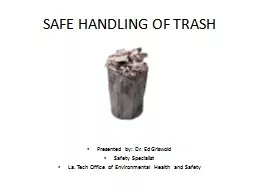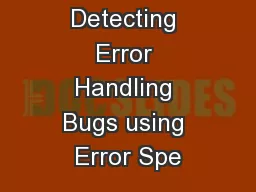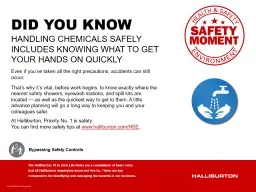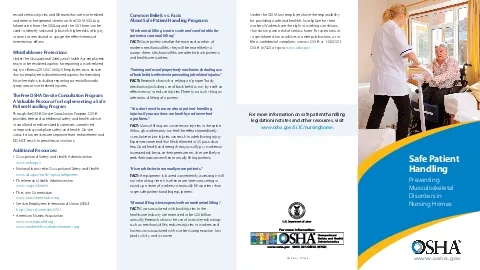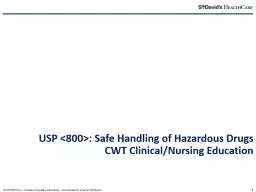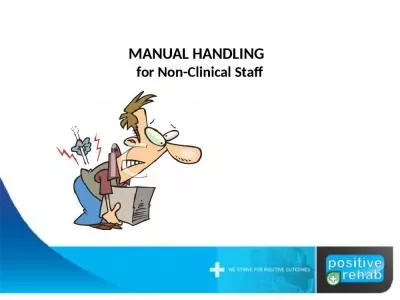PDF-Melons: Safe Handling Practices for ConsumersAmy Simonne
Author : celsa-spraggs | Published Date : 2015-09-03
FCS8744 This publication is FCS8744 one of a series of the Department of Family Youth and Community Sciences Florida Cooperative Extension Service Institute of Food
Presentation Embed Code
Download Presentation
Download Presentation The PPT/PDF document "Melons: Safe Handling Practices for Cons..." is the property of its rightful owner. Permission is granted to download and print the materials on this website for personal, non-commercial use only, and to display it on your personal computer provided you do not modify the materials and that you retain all copyright notices contained in the materials. By downloading content from our website, you accept the terms of this agreement.
Melons: Safe Handling Practices for ConsumersAmy Simonne: Transcript
Download Rules Of Document
"Melons: Safe Handling Practices for ConsumersAmy Simonne"The content belongs to its owner. You may download and print it for personal use, without modification, and keep all copyright notices. By downloading, you agree to these terms.
Related Documents

